An adult animated series with an original take on the Samurai genre, Netflix’s Blue Eye Samurai delves into the complexities of mixed-race discrimination, revenge, and women’s identity against the backdrop of Japan’s Edo period.
The series takes a bold approach by combining violence with elegance in its choreography, along with a distinctive blend of both 2D and 3D animation techniques. From its striking visuals to its masterful incorporation of both Eastern and Western influences, the show meticulously crafts a tapestry of cultures skillfully weaved by the dynamic duo of creators Michael Green and Amber Noizumi, who are a mixed-race couple raising a mixed-race daughter.
Now, given everything that’s happened lately between the budget cuts, WGA/SAG strikes, and general layoffs across the entertainment industry, there is a surprising degree of uncertainty for this series’ renewal. Netflix tends to look for very particular types of data to determine the success of a TV show series. Information on viewer trends matters (how quickly a viewer binged through the series from the beginning onto its end and even how long a TV show needs to stay in the top 10 by about three weeks of its debut) and often determines whether or not a series gets renewed.
Given the numbers so far, the series seems to be within the top ten most-watched TV series on Netflix a little over two weeks in, though it will need to keep up this momentum for at least another week. In its first week, Blue Eye Samurai averaged about 1.2 million fewer views than the reality TV series Escaping Twin Flames: Season 1, though in terms of total viewing hours, is on par with a series such as the TV series Bodies, which is seeing similar viewership numbers despite it having already been around on Netflix for four weeks.
To make matters even more complicated for its renewal is the debut of the Scott Pilgrim Takes Off animated series, which is also sitting at 100% fresh in terms of RT critic reviews and will likely draw animated series numbers away from the title.
What Is Blue Eye Samurai About?
The narrative unfolds in feudal Japan in the mid-1600s, a period marked by the closure of Japan’s borders to the outside world. The protagonist, Mizu, deftly voiced by the surprisingly gritty Maya Erskine, is at the story’s core. Her distinctive less-than-human status of being a person of mixed-race heritage and having blue eyes becomes the focal point of a revenge quest.
Mizu embarks on a lifelong journey against the four white men who were confirmed living in Japan at that time, one of whom is likely her father. To navigate the gendered limitations of her time, Mizu adopts the guise of a man, donning colored glasses to conceal her eyes.
Blue Eye Samurai handles best its complexities of taking the tried-and-true revenge plot often seen in Samurai depictions like Kill Bill or Mulan, asking the audience just how much the cost of revenge can be for a protagonist already disenfranchised with her world. Logan screenwriter Michael Green takes a similar approach to the story, infusing this world with a complex depth that looks into the high costs of living as a woman during this period.
Atop this, the series doesn’t shy away from mature themes. Graphic violence, explicit nudity, and mature discussions on issues of class, racism, and sexism contribute to the series’ adult tone. The creators pull no punches in depicting the gritty reality of Mizu’s existence, highlighting the prejudices she endures as a mixed-race individual. These struggles are looked at regarding issues of class disparities, racial prejudice, and gender limitations during the Edo period, which instead of proselytizing virtues, takes an integral look at the problems within that world. One that often reflects our own, providing social commentary that resonates even today.
The Devil Is in the Details… or Maybe That’s Just the Onryo
A noteworthy aspect of the series lies in its series character dynamics, which keep it flowing and balance the grit with lightheartedness. Masi Oka’s portrayal of Ringo, Mizu’s lovable and determined apprentice, injects humor and excitement into the story. The character’s physical deformity, coupled with an unyielding spirit, forms a compelling subplot that resonates with fans of the underdog.
Atop of this, supporting characters such as the samurai Taigen (Darren Barnet) and Princess Akemi (Brenda Song) contribute to the diversity and resilience of the cast in what’s a shockingly almost entirely all-Asian voice cast featuring such prolific actors as George Takei, Randall Park, and Ming-Na Wen.
Still, the biggest scene stealer is of course series lead, Maya Erskine, whose voice work is phenomenal and whose characterization as Mizu gives us a huge leap forward for Asian women’s portrayals in modern animated fiction.
Perhaps the most noteworthy element of Mizu’s journey is the legacy of the Onryo, a Japanese spirit of vengeance to which Mizu is often compared thanks to her blue demon-like eyes. Without spoiling it, seeing how this trauma and bully-proclaimed “ugliness” becomes such a defining characteristic of Mizu’s rebelliousness plays such an important impetus. An inspiration to see someone take fate into their own hands and defy what everyone tells them they’re meant to be.
The greatest appeal of Blue Eye Samurai is in its animation, which blends traditional and modern animation techniques. The violence can feel excessive but never gory as a Kill Bill or ludicrous enough to take the viewer out of the scene. What works is that the series utilizes a deft mixture of color and textures, as 3D overlays can create beautiful snowy or even fire-like effects that immerse the audience in emotive landscapes. Blend this with traditional animation techniques that can create intimate tensions up close, and what you have is a pull-and-push effect that dances along with the characters’ movements.
What I think most stands out is the hyper-realism of the combat, all of which feels choreographed using real-life techniques. Elegant violence is sandwiched between serene moments of stillness, and even cultural celebration, as the show takes a lot to honor Edo period history. There are a couple of scenes depicting dojos, brothels, and holidays that seem well-researched regarding the customs and ceremonial designs.
As the credits roll on the first season, one can’t help but hope for the green light on more seasons of Mizu’s revenge quest. Blue Eye Samurai stands as a testament to the potential of animated storytelling, proving that the medium can be a powerful vehicle for nuanced narratives and social commentary. The show not only distinguishes itself by making bold statements about both race and gender but also by layering it into its seemingly traditional revenge Samurai narrative, securing itself a coveted spot among Netflix’s animated elite.
Blue Eye Samurai is available to stream on Netflix. The pilot episode is also available for free to view on YouTube.


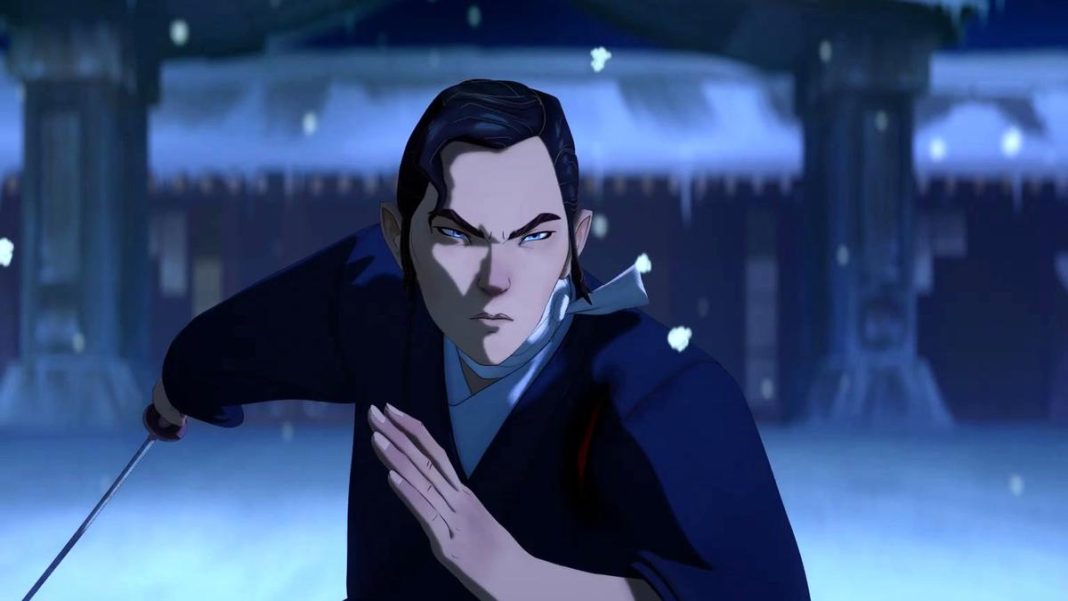
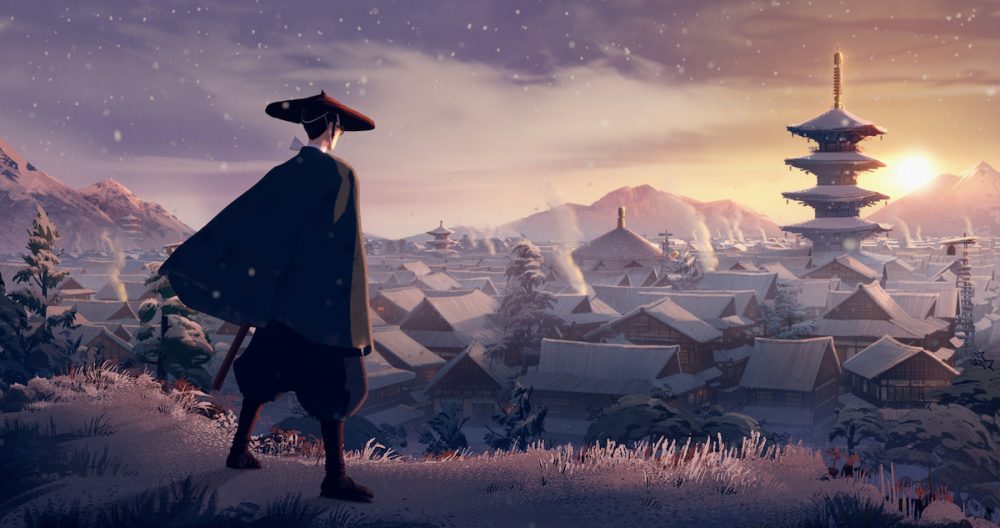
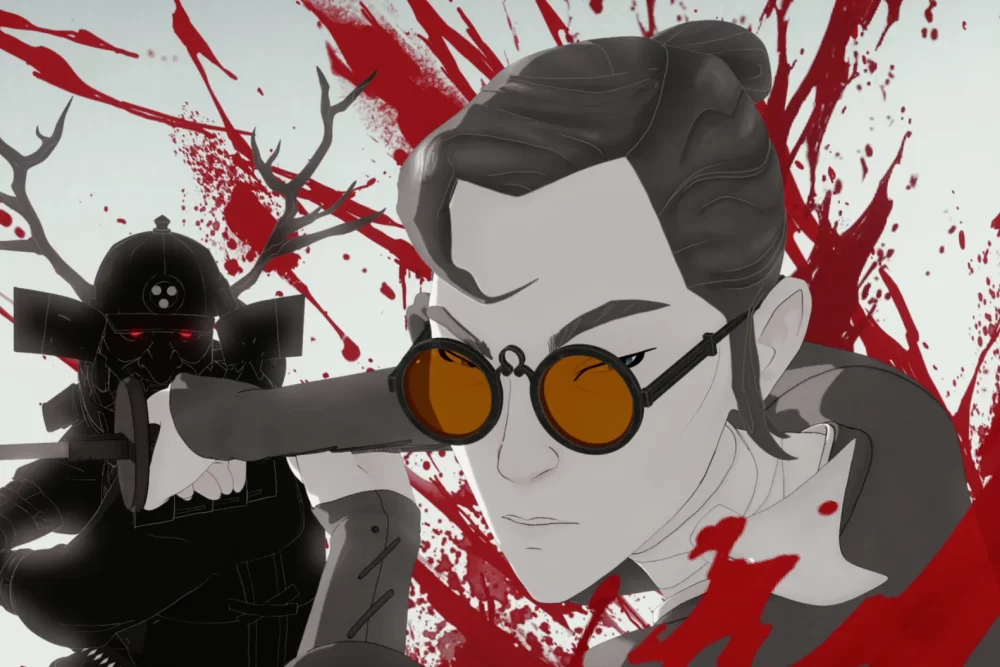
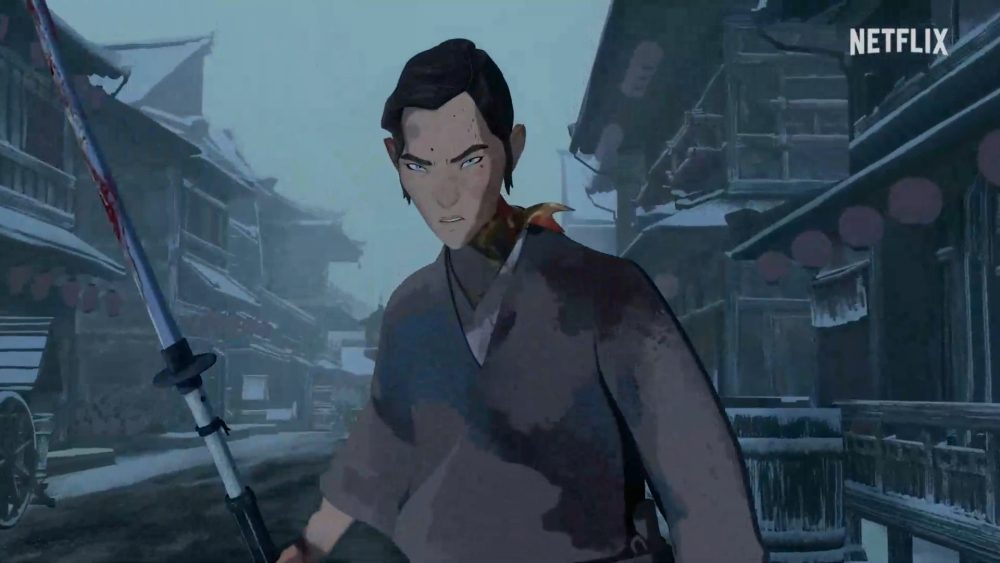
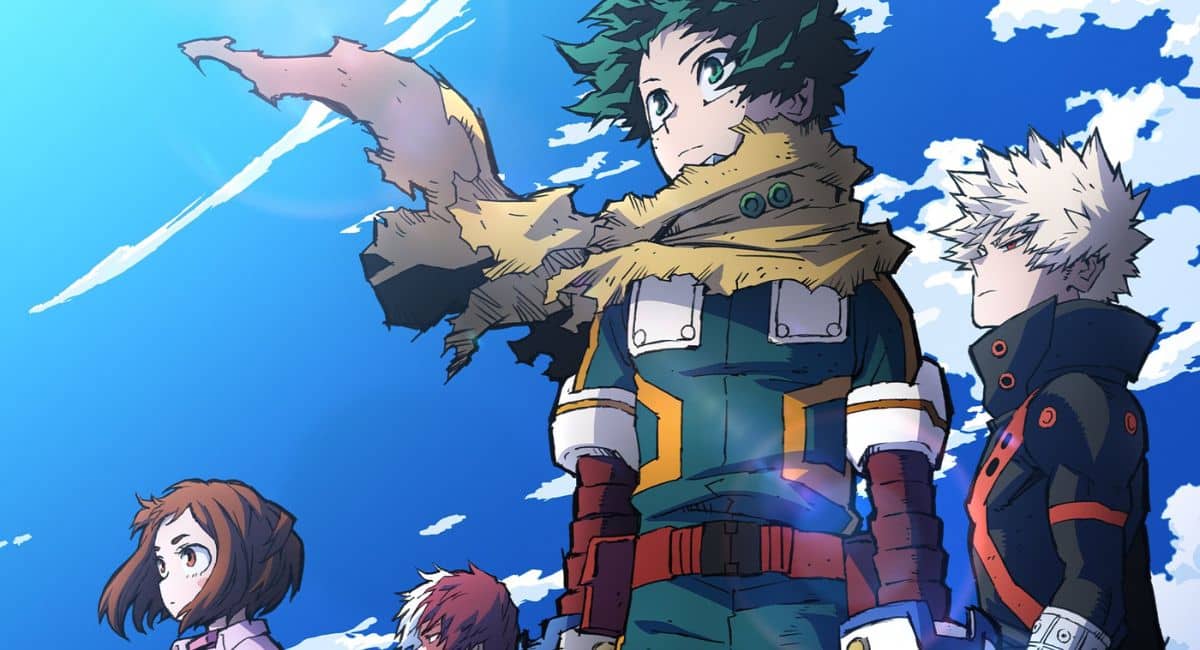
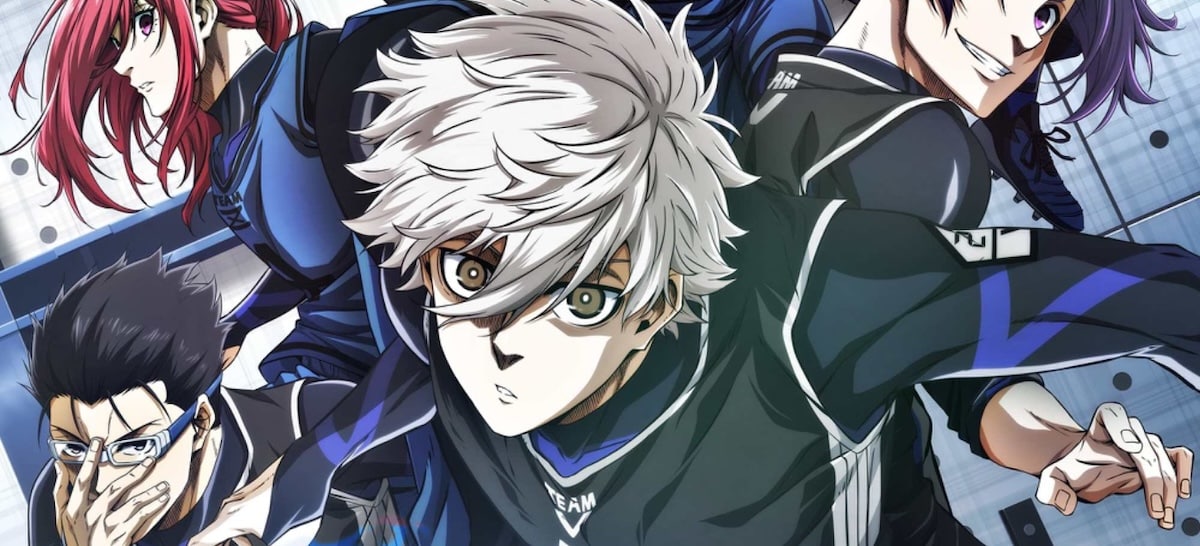
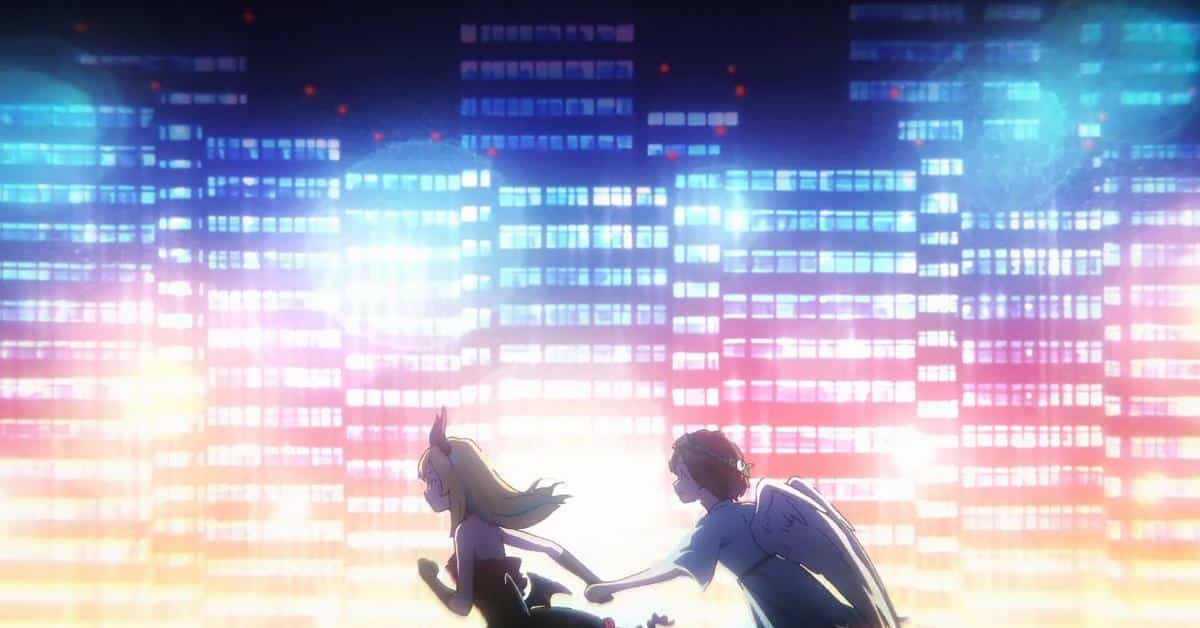



Talked me into it! I’ll check this out tonight! Also, SCAVENGERS REIGN on (Hbo) Max is pretty stellar as well!
Comments are closed.